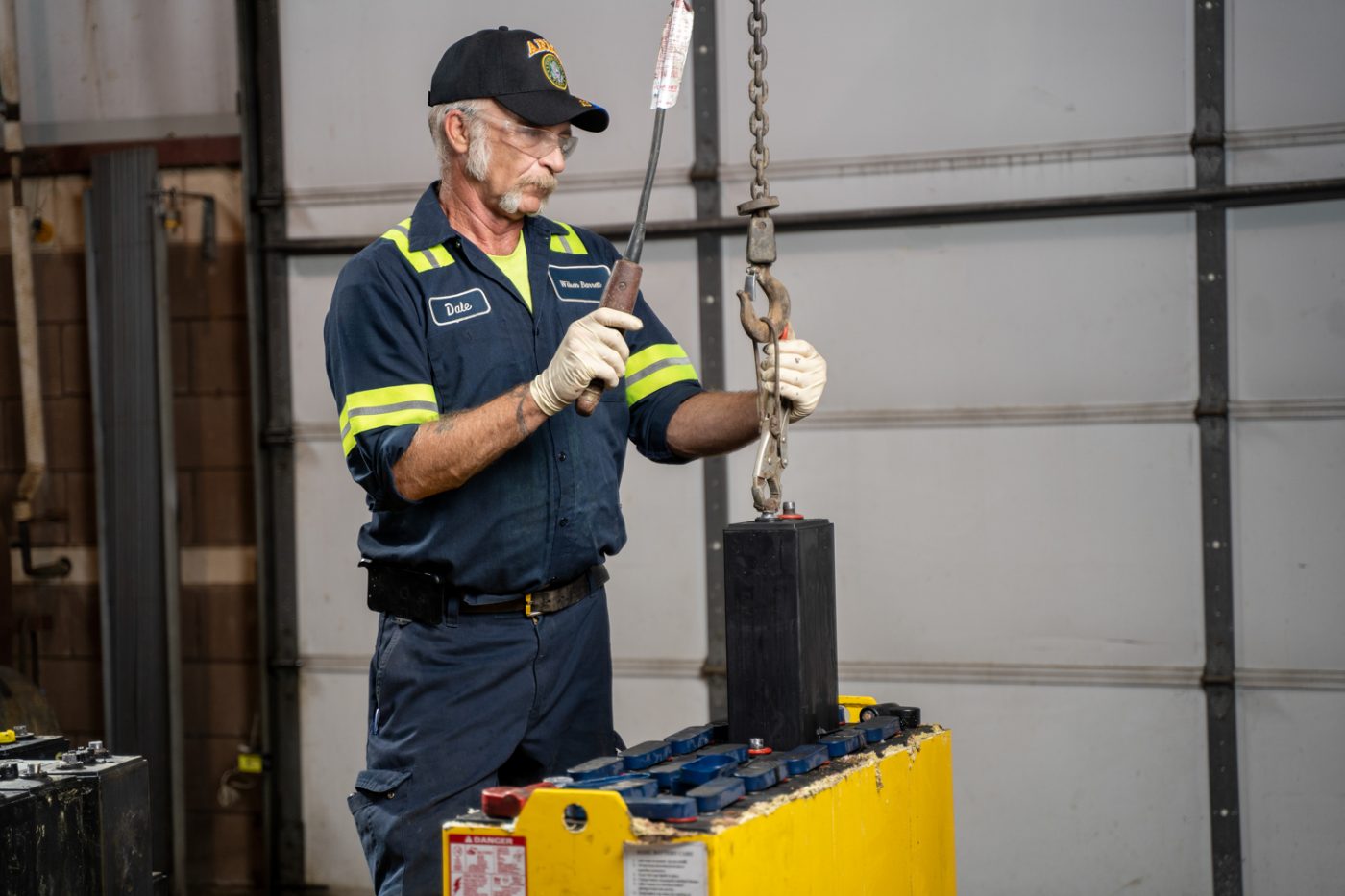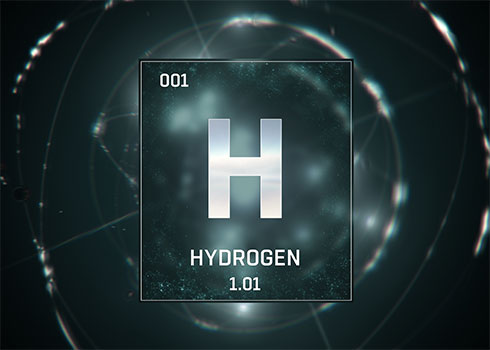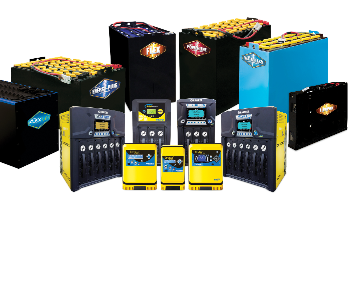Battery basics – what makes up a forklift battery.
A lead-acid motive power battery is a portable energy source for supplying direct electrical current (DC) to electric vehicles. It usually consists of six or more cells connected in series to provide the necessary voltage, and ampere-hour (Ah) capacity. Each cell has a nominal voltage of 2 volts, thus a 6-cell battery is referred to as a 12-volt battery, and an 18-cell battery as a 36-volt battery, etc.
The vehicle configuration, application, and type of operation to be performed determine the battery voltage and Ah capacity selected. A battery is rated by its capacity to deliver or discharge electrical energy over a period of time, and the capacity is expressed in amps per hour. For example, a battery rated at 600 Ah at a six-hour rate can deliver 100 amperes continuously for six hours before it reaches a fully discharged condition. The six-hour rate is the standard used by the North American battery industry when measuring capacity for motive power batteries.
[ BATTERIES ]

CONTACT US
Call our friendly and knowledgeable staff to get expert advice on everything from the latest battery charging technology, including opportunity and fast charging to battery watering and battery safety products.
 (888) 538-4490
Get In Touch Now
(888) 538-4490
Get In Touch Now


.svg)









